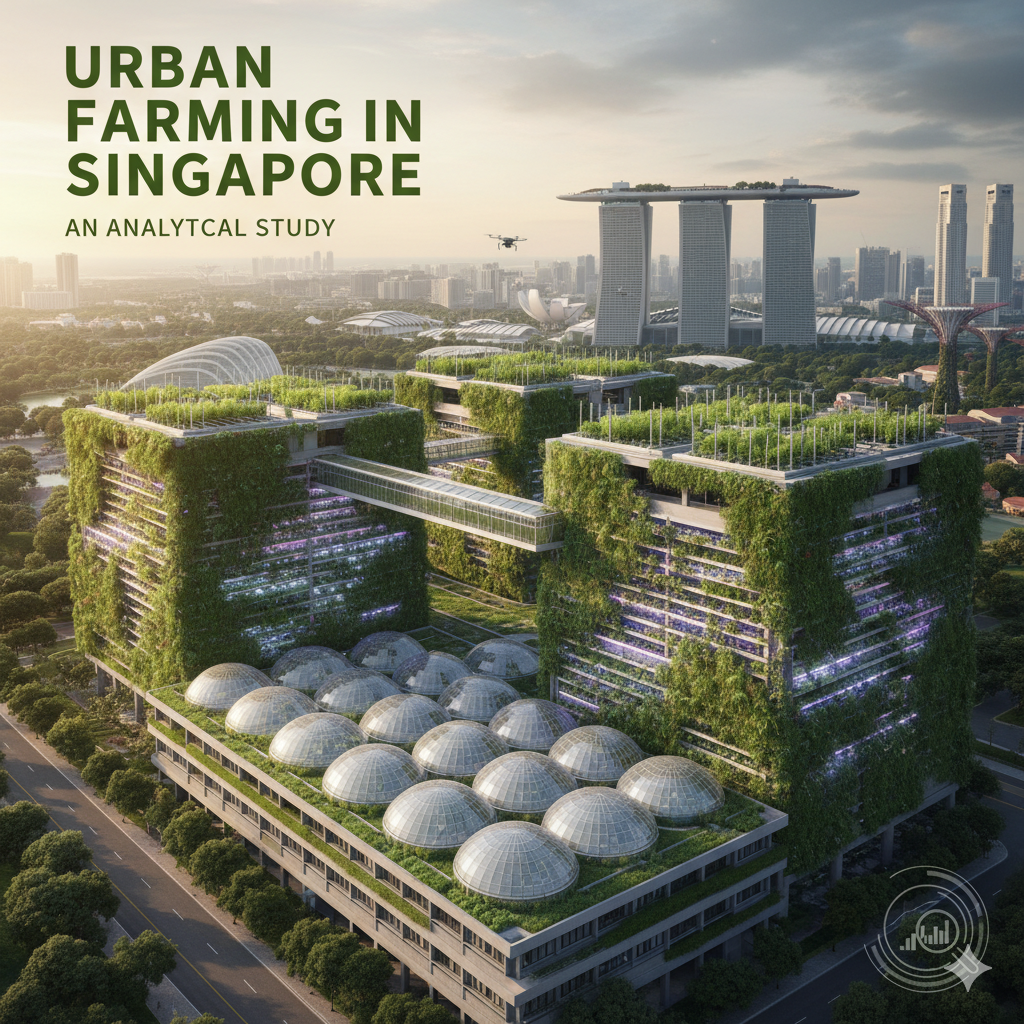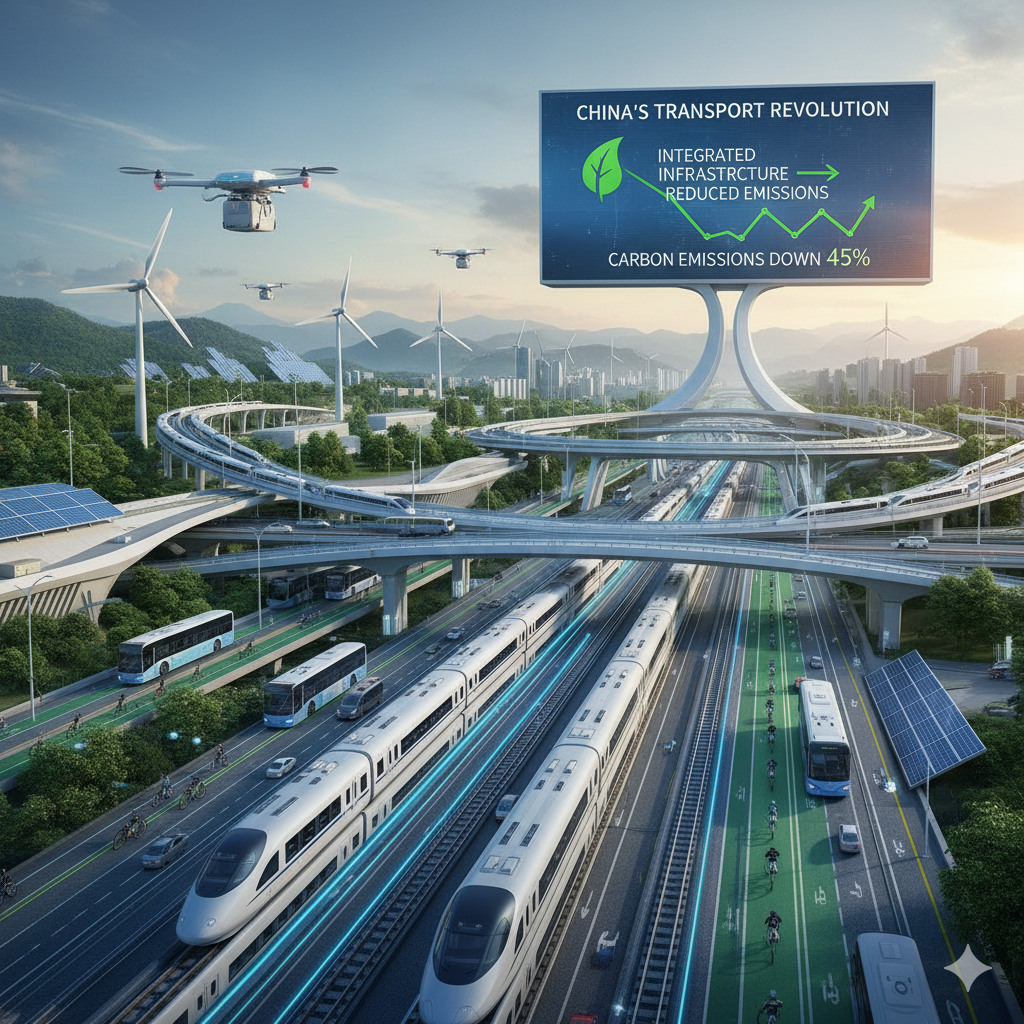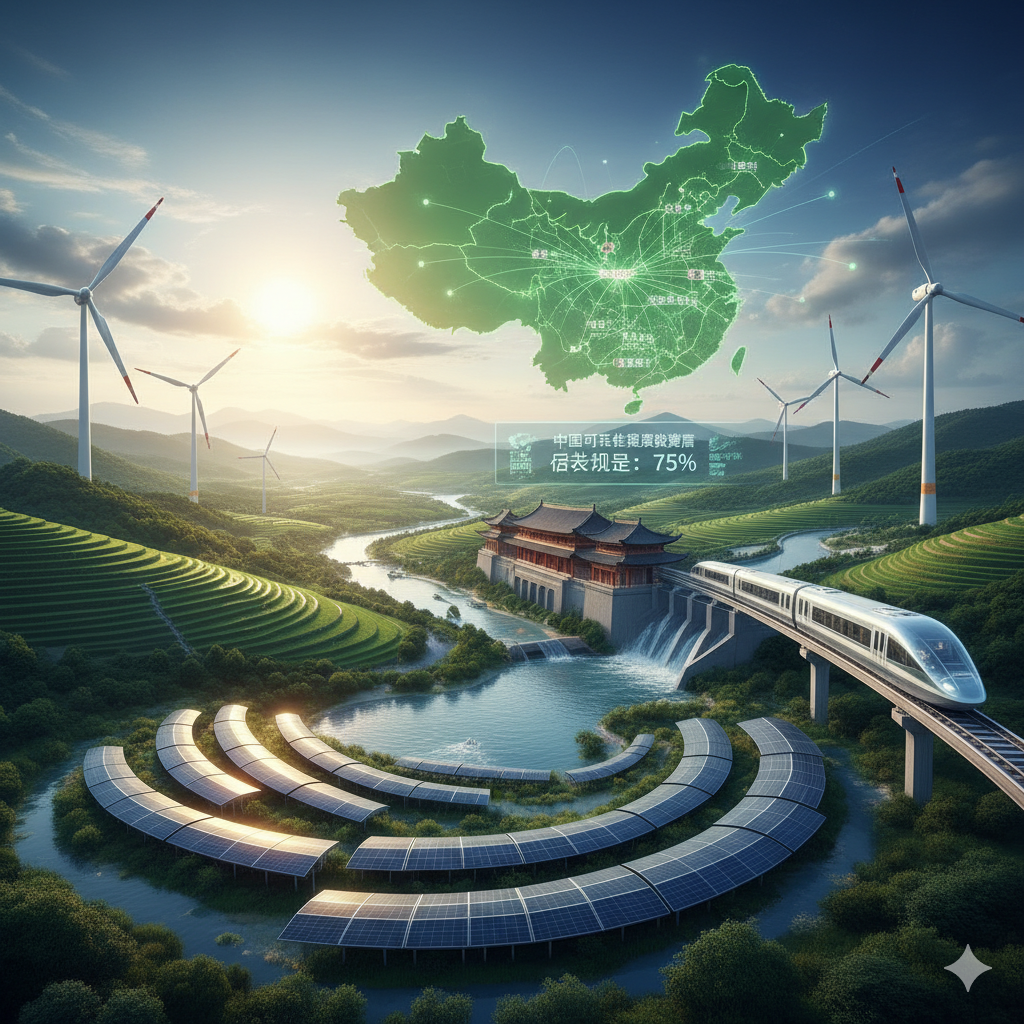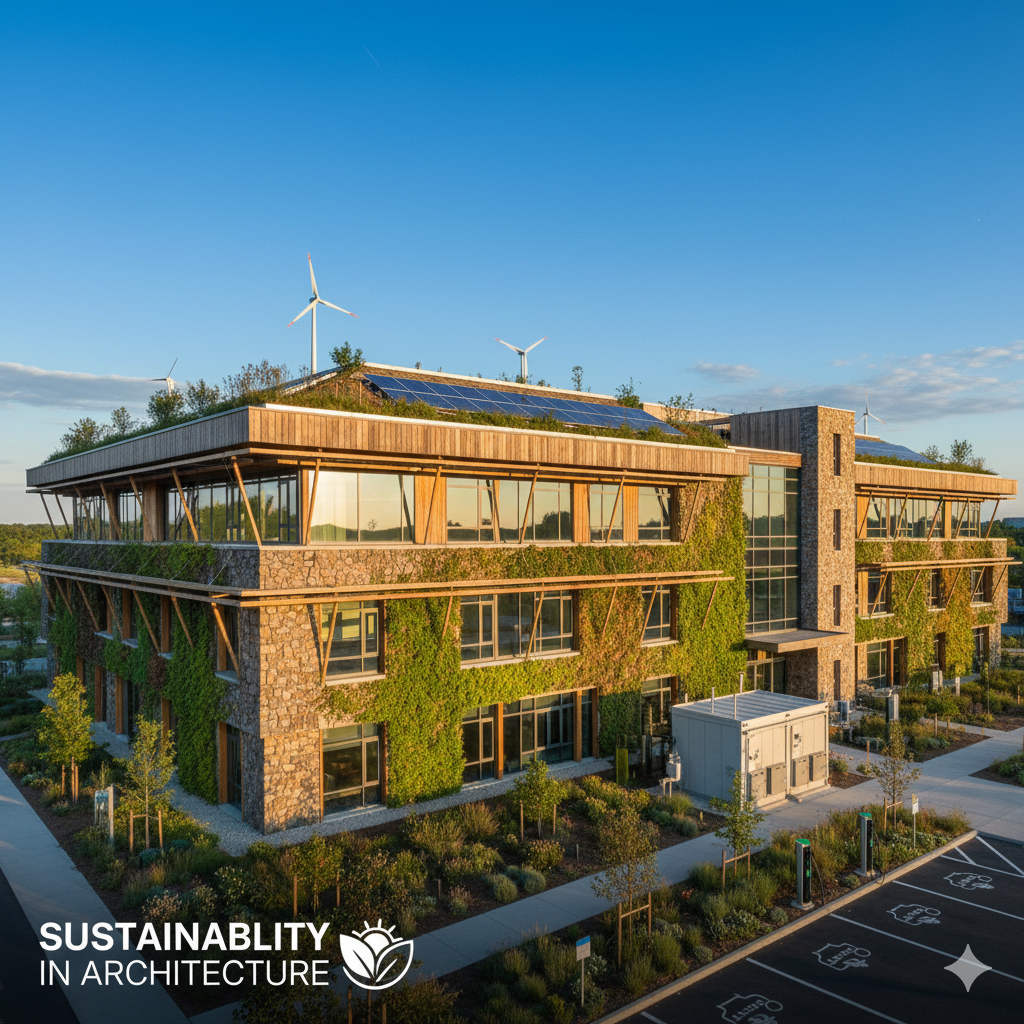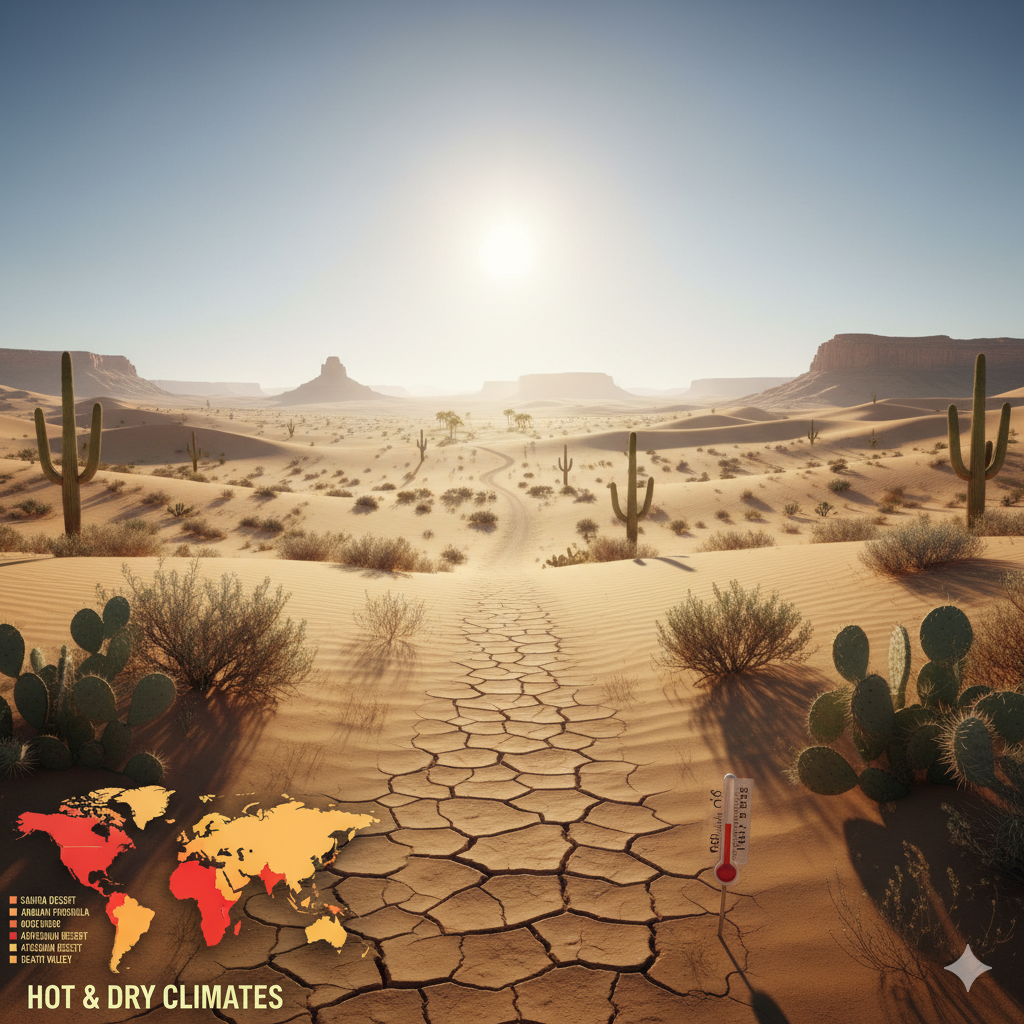Circular Economy: A Pathway to Sustainability and Resource Efficiency
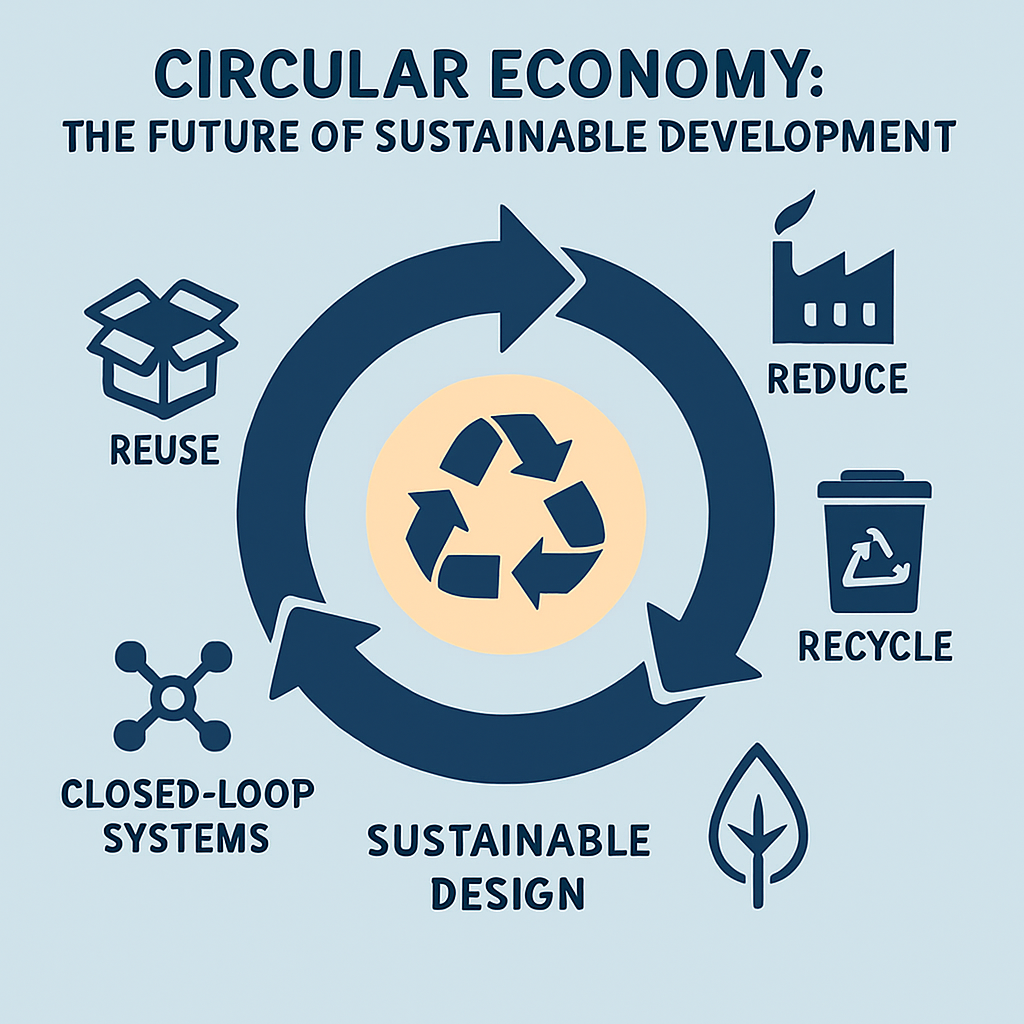
Introduction
In the face of climate change, resource depletion, and growing environmental concerns, the traditional linear economy is increasingly being viewed as outdated. The circular economy has emerged as a sustainable alternative that can transform the way we produce, consume, and manage resources. Unlike the linear “take, make, dispose” model, the circular economy is based on the principles of reducing waste, reusing resources, and regenerating natural systems.
This guide will delve into the concept of the circular economy, its principles, benefits, challenges, and how it is reshaping industries and driving sustainability efforts around the globe.
What is the Circular Economy?
The circular economy is an economic system designed to minimize waste and make the most of available resources. In this model, the lifecycle of products, materials, and resources is extended through various practices such as repair, reuse, remanufacture, and recycling. The circular economy aims to create a closed-loop system where products and materials are continuously reused, as opposed to the traditional model where products are discarded after use.
Key Characteristics of a Circular Economy:
-
Design for Longevity: Products are designed to last longer and be more durable.
-
Maintenance and Repair: Focus on maintaining products to extend their lifespan.
-
Reusing and Refurbishing: Rather than discarding products, they are refurbished for further use.
-
Recycling and Upcycling: Waste products are recycled into new products, creating new value.
-
Closed-Loop Supply Chain: Materials are kept within the economy and reused rather than being discarded.
For a deeper dive into the circular economy concept, refer to the Ellen MacArthur Foundation.
Why is the Circular Economy Important?
The circular economy offers a sustainable pathway to address some of the world’s most pressing issues, such as climate change, pollution, and resource scarcity. By shifting towards circularity, societies and industries can achieve economic growth while reducing the negative environmental impacts of traditional manufacturing and consumption.
Benefits of the Circular Economy:
-
Reduction in Waste: Less waste ends up in landfills or incinerators.
-
Resource Efficiency: Resources are used more efficiently, reducing the need for virgin materials.
-
Lower Carbon Footprint: By reusing materials and extending product life cycles, the circular economy helps lower greenhouse gas emissions.
-
Job Creation: The transition to a circular economy generates new job opportunities, particularly in sectors like repair, recycling, and remanufacturing.
-
Economic Growth: It creates new business opportunities and revenue streams, especially in the green economy.
To better understand the global impact of the circular economy, explore this article on World Economic Forum – Circular Economy.
Principles of the Circular Economy
The circular economy is built on several key principles that guide its implementation across industries and societies. Below are the core principles:
1. Design for Longevity
Designing products that are durable, repairable, and upgradable is central to the circular economy. This approach not only extends the product’s lifespan but also reduces the need for constant production, ultimately conserving resources.
-
Key aspects: Modular design, easy repair, high-quality materials
-
Example: Companies like Patagonia focus on durable, repairable products that last longer and are easily refurbished.
2. Maintain and Repair
Instead of discarding products that are broken or worn out, the circular economy encourages repair and maintenance, which keeps products in use for longer periods.
-
Key aspects: Access to spare parts, skilled repair services
-
Example: The iFixit platform provides guides and parts for repairing electronics and household items.
3. Reuse and Refurbish
In a circular economy, the emphasis is on reusing products and materials whenever possible. Products that are no longer useful in their current form can be refurbished and resold, extending their life cycle.
-
Key aspects: Product take-back programs, second-hand markets
-
Example: Dell offers refurbished electronics as part of its circular economy model.
4. Recycle and Upcycle
Recycling involves breaking down used products to create new materials, while upcycling involves turning waste into more valuable items. These processes reduce the need for raw materials and lower environmental impact.
-
Key aspects: Closed-loop recycling, upcycled products
-
Example: Terracycle partners with companies to collect and recycle hard-to-recycle waste, turning it into new products.
5. Business Model Innovation
A shift towards circular business models encourages businesses to think beyond selling products to offering services that allow products to be reused, leased, or shared.
-
Key aspects: Product-as-a-service, leasing, sharing economies
-
Example: LUX: A Circular Economy Fashion Brand offers clothing rental services rather than selling items outright.
For more on the principles of circularity, refer to Ellen MacArthur Foundation’s Circular Design Guide.
The Economic Impact of the Circular Economy
Adopting a circular economy has substantial economic benefits. Research from the Ellen MacArthur Foundation shows that a transition to circularity could unlock $4.5 trillion in economic growth by 2030.
Key Economic Benefits:
-
Cost Savings: Reduced costs in raw materials, waste management, and energy use.
-
Revenue Streams: New business models like product-as-a-service and the sharing economy create additional revenue opportunities.
-
Market Demand: Growing consumer interest in sustainable products and services.
Example: The Philips lighting business has embraced a circular model by offering lighting as a service, which generates recurring revenue and reduces waste.
The Role of Government and Policy in Supporting the Circular Economy
Government policy plays a crucial role in enabling the transition to a circular economy. By implementing supportive regulations and incentives, governments can encourage businesses and consumers to adopt circular practices.
Policy Measures to Support the Circular Economy:
-
Extended Producer Responsibility (EPR): Requires manufacturers to be responsible for the entire lifecycle of their products.
-
Subsidies for Green Technologies: Incentives for businesses to adopt sustainable and circular practices.
-
Bans on Single-Use Plastics: Reducing plastic waste and encouraging the use of reusable alternatives.
-
Tax Credits for Recycling: Encouraging the recycling of materials by offering financial incentives.
Explore government circular economy policies: OECD – Circular Economy in Policy
Real-World Examples of Circular Economy Practices
Many companies around the world have already embraced the circular economy model. Below are some key examples of businesses and organizations leading the way:
1. Interface (Carpet Tiles)
Interface is a global leader in sustainable flooring solutions. The company has pioneered a closed-loop system for carpet tiles, where old tiles are collected and recycled into new ones.
-
Circular Practice: Carpet take-back program and recycling of old materials.
-
Impact: Interface has reduced its carbon footprint and diverted millions of tons of carpet waste from landfills.
2. Nike (Reuse-a-Shoe Program)
Nike’s Reuse-A-Shoe program turns old athletic shoes into new products, such as playground surfaces, running tracks, and new footwear.
-
Circular Practice: Recycling of shoes into raw materials for new products.
-
Impact: Nike has kept over 30 million pairs of shoes out of landfills.
3. Renzo Piano’s Recyclable Building Design
Architect Renzo Piano designed a building called the Pompidou Centre with a modular structure that allows parts of the building to be disassembled, reused, and recycled.
-
Circular Practice: Modular architecture for disassembly and reuse.
-
Impact: Reducing the environmental impact of construction.
Learn more about these companies: Sustainable Brands – Circular Economy Leaders
Challenges to Implementing the Circular Economy
While the circular economy offers immense potential, there are still challenges to its widespread adoption.
Key Challenges:
-
High Initial Investment: Transitioning to circular systems requires significant investment in infrastructure, technology, and design.
-
Consumer Behavior: Changing consumer habits to embrace sustainability over convenience can be difficult.
-
Supply Chain Complexity: Establishing closed-loop systems across diverse industries and global supply chains is complex and costly.
-
Lack of Awareness: Many consumers and businesses are unaware of the benefits of the circular economy.
To overcome these challenges, companies and governments need to invest in education, innovation, and collaboration.
How to Get Involved in the Circular Economy
If you’re looking to get involved in the circular economy, here are a few ways to make a difference:
Personal Actions:
-
Buy Durable Products: Choose products designed to last longer and can be repaired.
-
Recycle Properly: Follow local recycling guidelines and participate in community programs.
-
Support Circular Brands: Buy from companies that embrace circularity and sustainability.
Business Actions:
-
Adopt Circular Business Models: Transition from a “take-make-dispose” model to a circular approach.
-
Collaborate: Work with other businesses, governments, and stakeholders to share best practices and reduce waste.
Explore circular economy business models: Circular Economy Business Models
Conclusion
The circular economy is no longer a theoretical concept but a tangible, transformative approach that is reshaping industries, communities, and economies around the world. By focusing on waste reduction, resource efficiency, and closed-loop systems, the circular economy offers a pathway to sustainable growth, environmental preservation, and economic resilience.
As individuals, businesses, and governments embrace the principles of the circular economy, we can create a future where resources are valued, waste is minimized, and our planet’s health is prioritized. The time to act is now.


